
- Appointments
- Awards
- Books & Authors
- Committees
- Deaths
- Defence
- Economic
- Environment
- Finance
- Important Days
- International
- Miscellaneous
- National
- Persons in NEWS
- Places in NEWS
- Regional
- Reports
- Resignations & Retirements
- Science & Technology
- Sports
- March 2018 - Exams Resources
- Current Affairs - Quiz
- Current Affairs - Test
- Current Affairs - PDF
Current Affairs March 2018 - Technology
1 - Researchers develop new thermoelectric compound
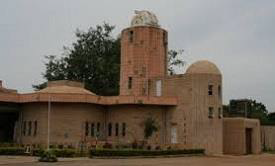
Bengalurus Jawaharlal Nehru Centre developed a novel compound that exhibits poor thermal conductivity but shows good electrical conductivity for Advanced Scientific Researchers. This new compound is named as silver copper telluride (AgCuTe). AgCuTe can convert waste heat into electricity. According to a survey, 65% of utilized energy is wasted which can be converted into useful purpose. JNCASR researchers reported that efficiency of AgCuTe to convert heat into electricity is 14%.
Jawaharlal Nehru Centre for Advanced Scientific Research (JNCASR) is a multidisciplinary research institute situated in Bangalore, to promote world-class research and training at the frontiers of Science.
2 - India's First Cloned Assamese Buffalo Born
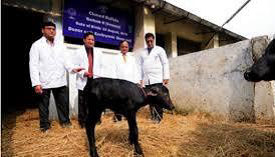
According to the Central Institute for Research on Buffaloes, a cloned Assamese buffalo male calf was born for the first time. The calf has been named Sach-Gaurav. It was born to a Murrah buffalo.
The calf is also the first to be born in the field, 100 kms from the cloning laboratory at Hi Tech Sach Dairy Farm in Hisar. Indian Council of Agricultural Research-CIRB is a central institute and it has a mandate to conserve superior animals of all buffalo breeds.
3 - China developed artificial heart with rocket technology
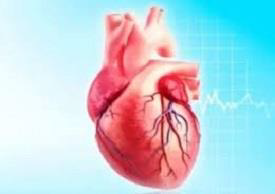
China has developed an artificial heart using rocket technology, jointly by the China Academy of Launch Vehicle Technology and the Teda International Cardiovascular Hospital in North China's Tianjin.
The artificial heart has been sent for testing and inspection after thorough experiments on animals. The artificial heart uses magnetic and fluid levitation from a rocket system. The aerospace heart is expected to move to clinical trials during the 13th Five-Year Plan (2016-20).
4 - Ministry of Environment and Forests cleared Neutrino project

The Ministry of Environment and Forests (MoEF) has granted environmental clearance to set up India-based Neutrino Observatory (INO) project in Bodi West hills, considering it as a special case. Neutrinos are key to understanding the evolution of the universe and energy production in the sun and other stars.
The countrys biggest basic science facility, to be built at Rs1,500 crore, will study atmospheric neutrinos produced by cosmic rays in the earths atmosphere.
5 - ISROBHEL Tie up for the Production of Space Grade Lithium-Ion Cells
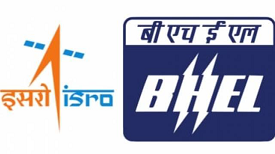
ISRO has entered into a Technology Transfer Agreement (TTA) with Bharat Heavy Electricals Limited (BHEL) to transfer the technology for the manufacture of space grade Li-Ion cells. ISRO uses Li-Ion batteries as power sources for satellite and launch vehicle applications due to their high energy density, reliability and long cycle life.
This Li-ion cell Technology Transfer will enable BHEL to produce space grade Li-Ion cells which can meet the countrys space programme requirements. This technology can also be adopted to cater to the Li-Ion cell requirement for other national needs.
6 - ISRO postponed Chandrayaan-2 launch to October
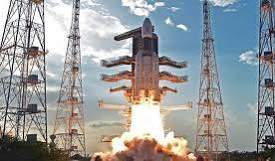
ISRO has postponed the launch of India's second lunar mission Chandrayaan-2 to October after experts suggested certain tests. The launch of the mission was originally slated for April.
Under the Chandrayaan-2 lunar mission, ISRO will, for the first time, attempt to land a rover on the moon's south-pole. Its a totally indigenous mission, which will comprise of an Orbiter, Lander and Rover. ISRO had launched its maiden lunar mission Chandrayaan-1 in 2008.
7 - India successfully launched GSAT-6A communication satellite
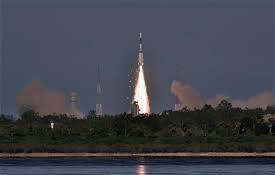
India has successfully launched GSAT-6A communication satellite from Sathish Dhawan Space Centre in Sriharikota. The satellite was placed in orbit by the GSLV (Geosynchronous Satellite Launch Vehicle) F-08 in a three-stage launch.
The lifespan of the orbit is over 10 years. The purpose of the satellite is to provide mobile communication applications in S-band in five spot beams and C-band in one beam. The GSLV F 08 is a three-stage rocket.
8 - K2-229b: Hot, metallic Earth-sized planet discovered
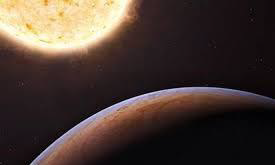
A team of astronomers have detected and characterized a hot, metallic, Earth-sized planet with a density similar to Mercury, situated 339 light years away. The planet has been named K2-229b.
K2-229b is almost 20% larger than Earth but has a mass which is over two-and-a-half times greater. It reaches a day side temperature of over 2000 degrees Celsius. K2-229b orbits this star every fourteen hours. The study, "An Earth-sized exoplanet with a Mercury-like composition," is published in Nature Astronomy.